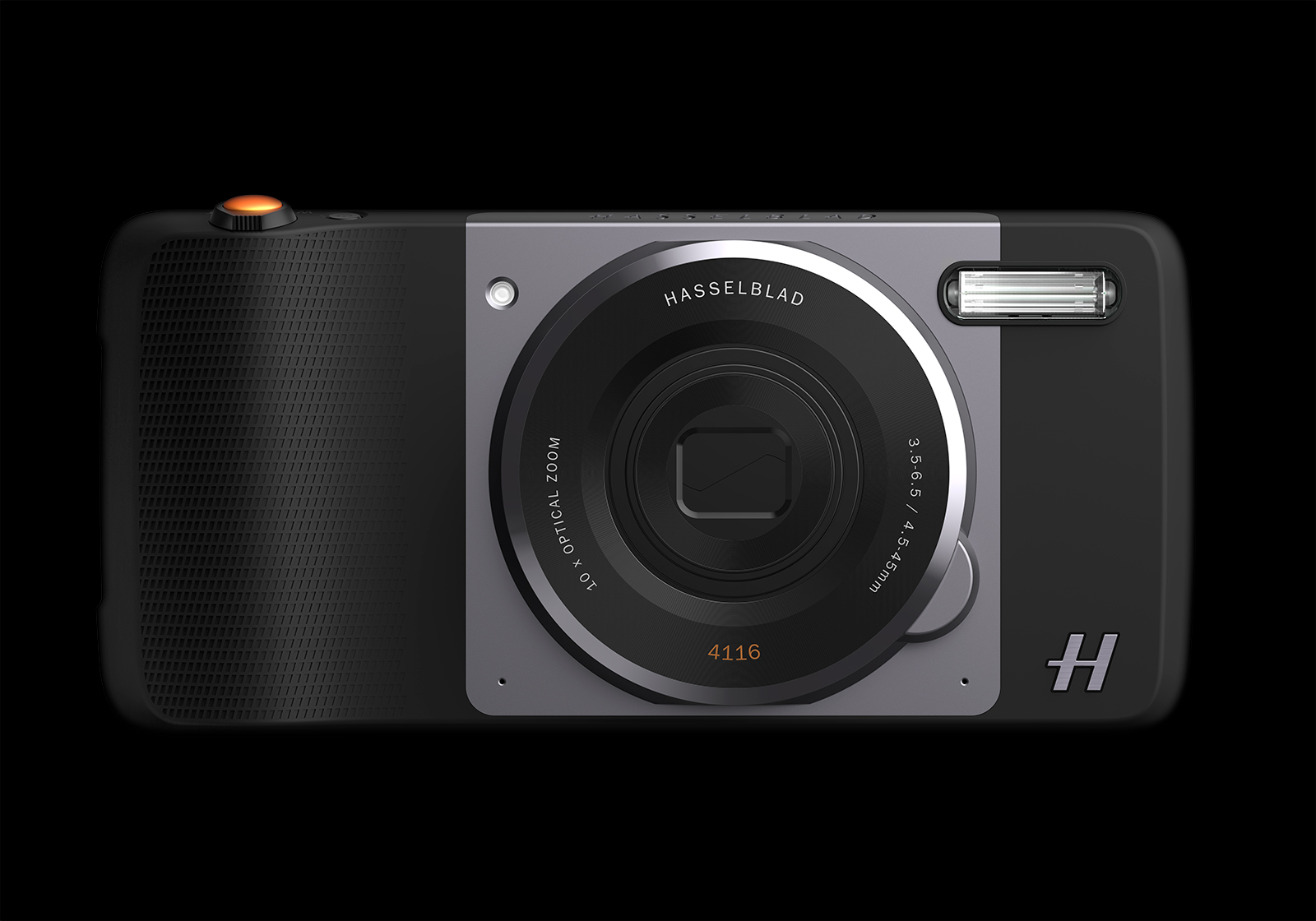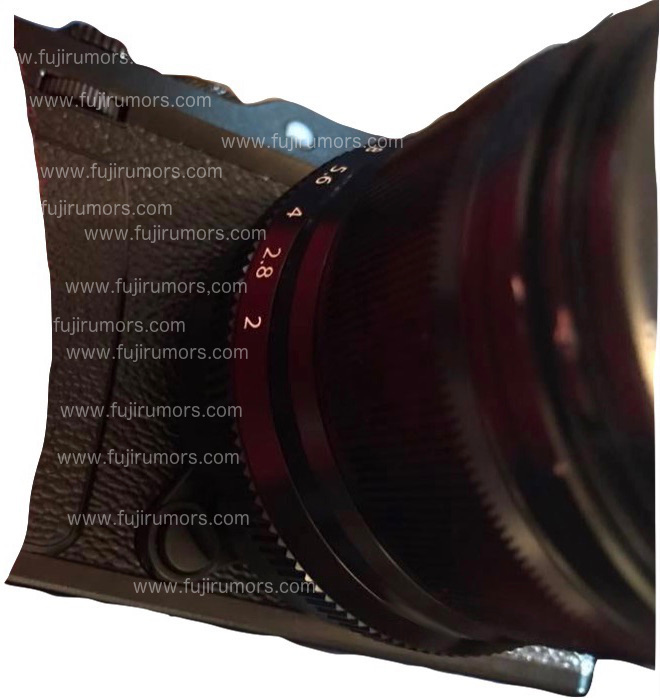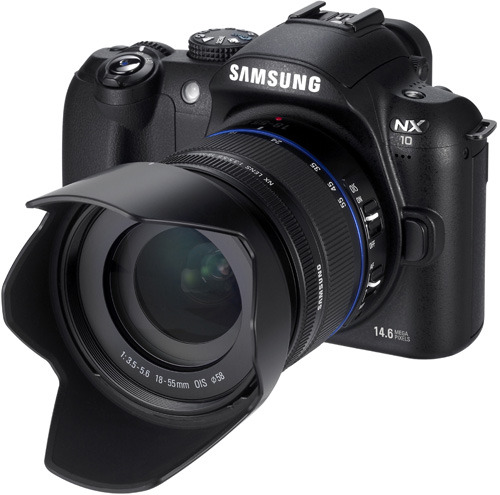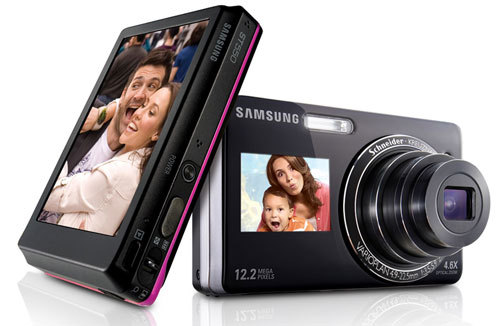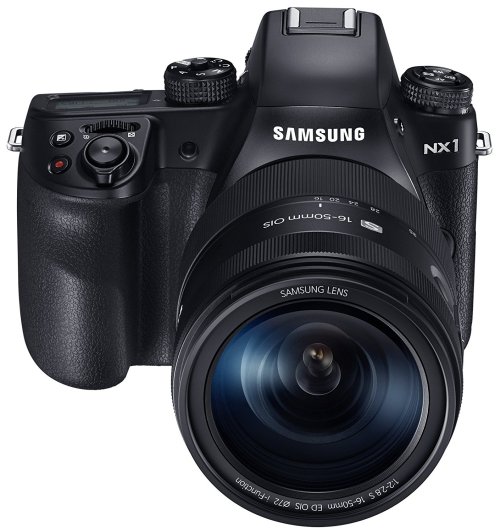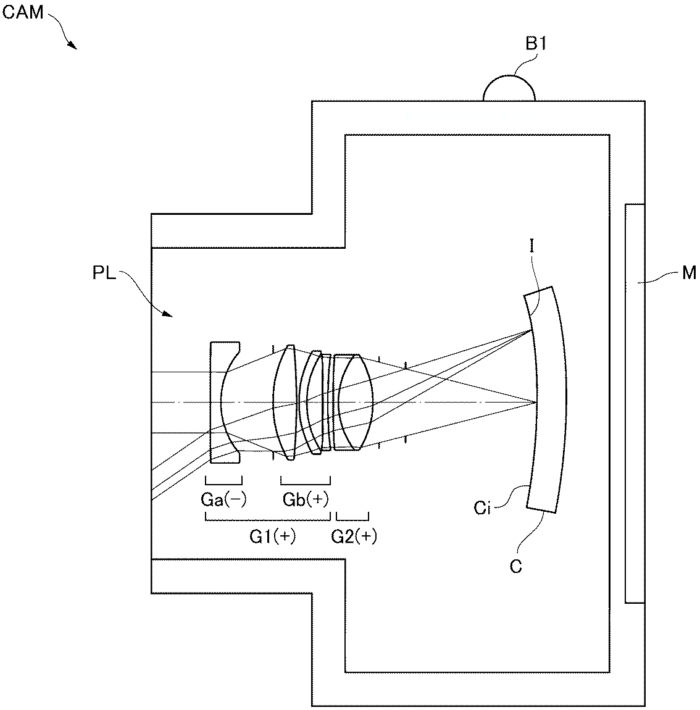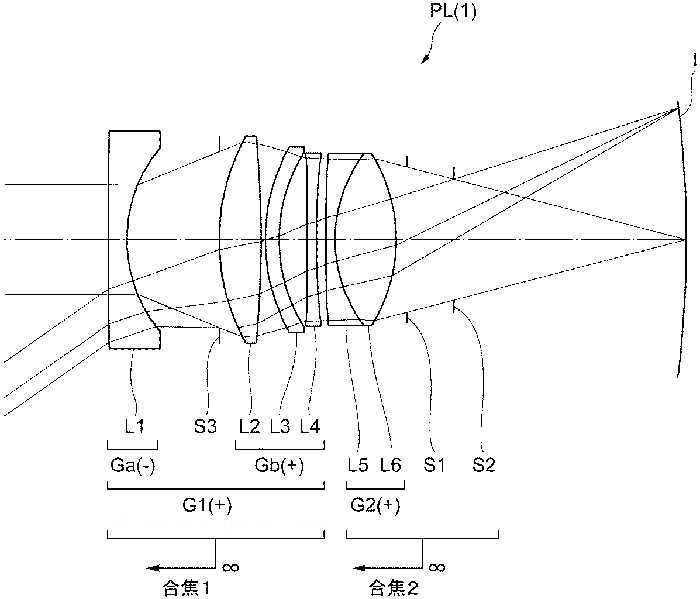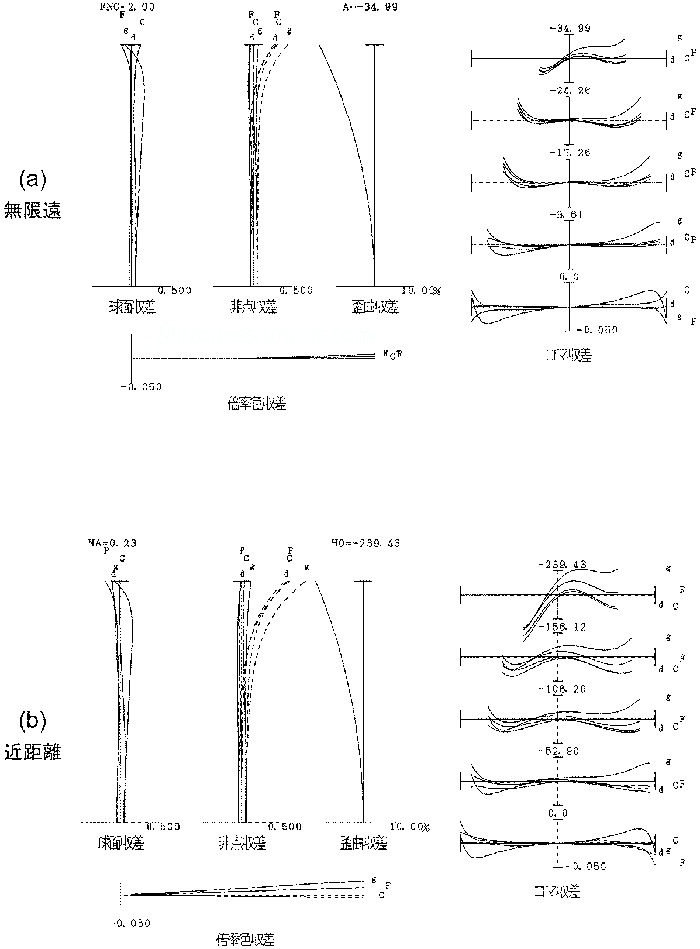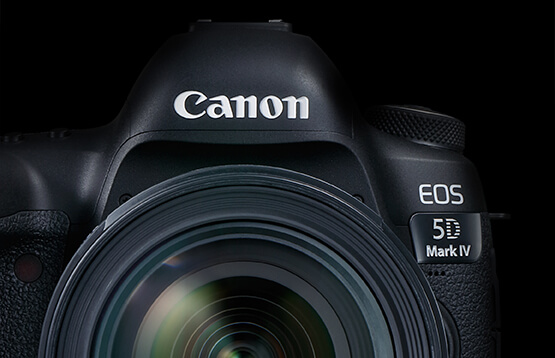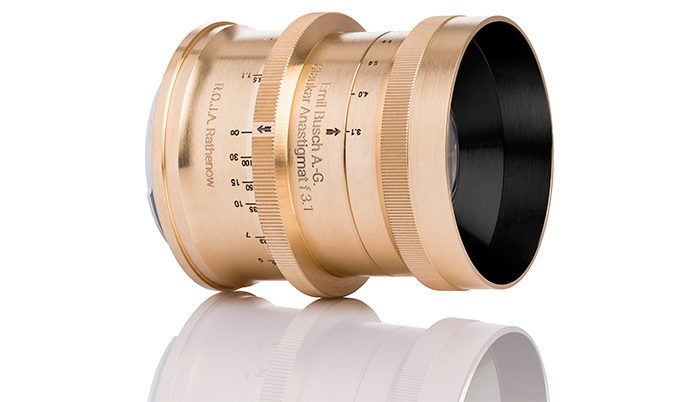After Panasonic and Hasselblad also Leica “dreams” about making a Leica-phone
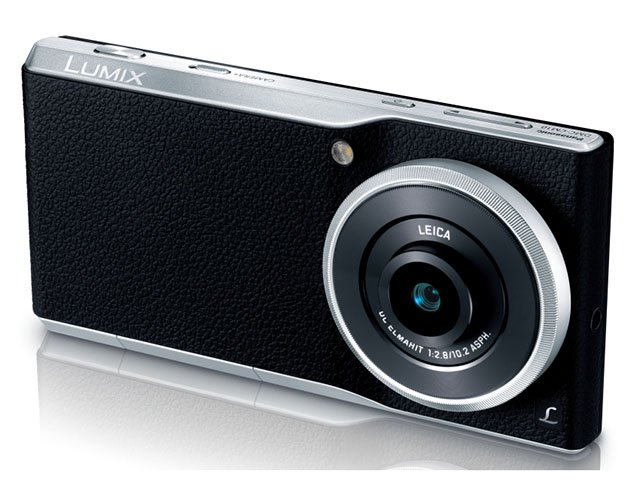
Leica CEO Andreas Kaufmann told at CNBC that he would like to make a Leica-phone:
“I am not sure whether the company can do (this) … (But) one dream would be my personal dream: a true Leica phone,”
Leica wouldn’t bet the first camera company to make a photography oriented phone. Panasonic miserably failed with the CM1 and CM10 (no success on market). And Hasselblad recently launched their True Zoom
My advice to Leica? Forget about this :)
